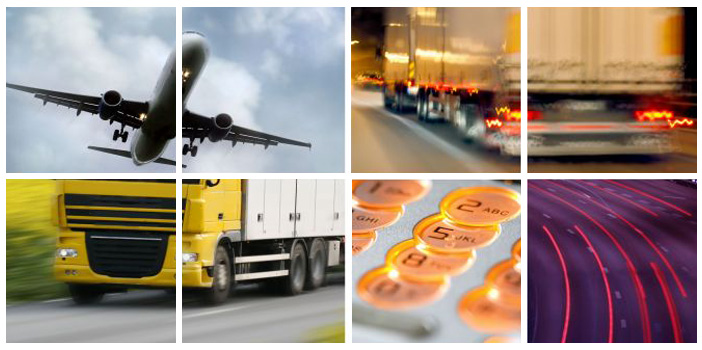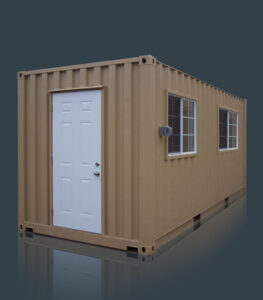THE TRANSPORTATION INDUSTRY’S SIX LATEST TECHNOLOGIES

Ever wondered what’s happening in the transportation industry lately? Uber was the transportation business that raised the highest amount of profits last year—about 3 Billion USD. The rest were INRIX (65 M USD), BlaBla Car (raised 100 M USD), LYFT (raised 250 M USD), and GrabTaxi (raised 334 M USD). Right now, many investors have noticed six technologies merging. They are the following:
- Vehicles that are Connected. In 2014’s third quarter, AT&T acquired more subscribers for car data (about 500,000) than tablet or smartphone subscribers. The car data plans bring Internet connection to the subscriber or passenger, give traffic data to the car’s navigation system, and offer software updates to the car itself. Because of the car’s connection with infrastructure and other vehicles, fatalities and congestion are reduced. These vehicles also enable car manufacturers to come up with new tools for preventative and predictive maintenance.
- Vehicles that are Autonomous. Other terms we can use are feet-free driving and hands-free driving vehicles. Soon, Super Cruise (Cadillac by GM) and Autopilot by Tesla will be available. Many automobile experts are convinced that the completely autonomous vehicles are not merely products of the imagination anymore. Back in 2014, LiDAR laser sensors used by Google on its independent vehicles cost at least 70,000 USD. This year, LiDAR’s manufacturers came up with a smaller version of it, which costs much less (about one-tenth of LiDAR’s cost). These autonomous or independent vehicles are said to change the world. Because of these state-of-the-art vehicles, fuel efficiency and safety will be much better. Elderly people will be mobile again, congestion in traffic will decrease, public spaces can be reclaimed and used for parking and deliveries or on-demand businesses will be a common thing.
- New Regulations on Emissions. In 2017, new models will have devices that can remove about 98% particulate matter. Electronics for vehicles will involve air protection and overall innovation. They will be costly, but they will improve the driver and passenger experience.
- New Regulations on the Federal Level. The FMCSA (Federal Motor Carrier Safety Administration) ELD (electronic logging device) mandate has just been denied. This mandate needs ELDs to improve the driver’s compliance based on the hours of service regulations. The issued devices keep an eye on the vehicle’s movements, its location, its engine hours, its driving time, and the mile it has driven. The mandate is to take effect in 2017. It is expected to positively push the demand and supply for the transportation industry, while reducing capacity.
- Technology Rules. Year 2017 will have several improvements in technology for road safety. Lidar sensors, cameras, and radar are a few of the features that manufactures will incorporate into their vehicles. Because of these features, there are more frequent schedules and more money saved. Overall efficiency can be potentially increased by autonomous trucking.
- The Regulations. In 2017, additional regulations shall be implemented and will result in the tightening of the reflecting capacity. The Freight Transportation Research (FTR) recognizes 2017’s positive trend.
Transportation is a valuable element to everyone. With it, you can accomplish so much in all aspects of your life. May your daily activities benefit from the improvements set for the transportation industry in 2017.




